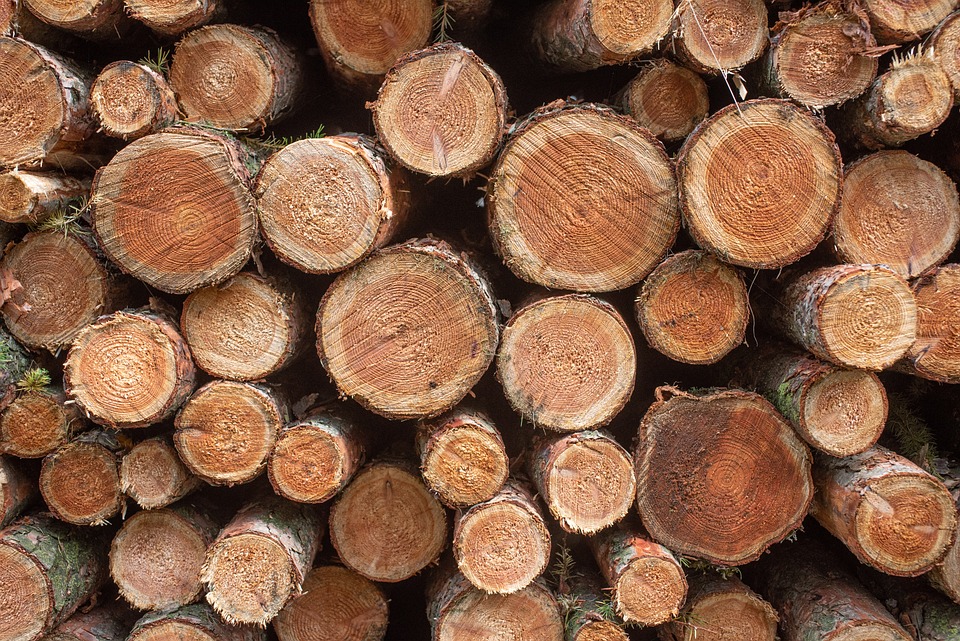Are your products deforestation-free? The EU Deforestation Regulation deadline approaches amidst ongoing uncertainty
by Sian Lee at 13:41 in Environmental, Circular Economy
Bundled in with the latest changes from the EU's Green Deal, the EU's landmark Regulation on Deforestation Free Products (EUDR) will revolutionise supply chain traceability when it comes to products derived from key commodities such as wood. The EUDR mandates that certain products may only be placed on the EU market or exported if they are deforestation-free. As a result, companies affected by EUDR must meet strict due diligence requirements to prove that their products do not originate from deforested land.
The EUDR represents a crucial step towards tackling global deforestation, which is driven in part by EU consumption. Nevertheless, many unanswered questions remain ahead of the 30 December 2024 implementation deadline. With the EUDR covering product groups such as pulp and paper products derived from wood, this blog examines the scope of EUDR requirements and its potential implications on global supply chains.

1. What is EUDR?
The basic premise of EUDR is simple. Relevant products and commodities shall only be placed on the EU market or exported if they are: (1) deforestation-free, (2) produced in accordance with relevant national legislation, and (3) accompanied by a Due Diligence Statement. In other words, relevant products or commodities which are non-compliant with EUDR requirements will be prohibited in the EU.
EUDR compliance will involve the submission of a Due Diligence Statement (DDS) to the European Commission's Deforestation Due Diligence Registry. The DDS statement will involve the collection of geolocation coordinates which verify the relevant product has originated from a deforestation-free plot of land.
It will no longer be adequate for relevant products and commodities to come from unidentifiable, deforested land. As a result, the need for supply chain visibility and close working relations with suppliers has never been more crucial.
2. What products and commodities are covered by the EUDR?
The EUDR regulates seven key commodities, namely wood, soya, rubber, oil palm, coffee, cocoa and cattle. The Annex to the Regulation provides an extensive list of products derived from these commodities, which are within scope of EUDR requirements. Examples of such products include articles of pulp and paper derived from wood, printed books, newspapers, wooden packing cases and crates.
The EUDR replaces its predecessor, the EU Timber Regulation, to introduce more comprehensive requirements on traceability. The new Regulation additionally extends the scope of commodities covered, beyond just wood and timber.
3. What about wood-derived packaging?
The EUDR presents an interesting challenge when it comes to packaging derived from wood. The EC have published a working FAQs which states that packaging used exclusively to support, protect or carry another product placed on the market is excluded from EUDR requirements. However, standalone packaging placed on the EU market or exported as a product in its own right is included within EUDR scope.
4. What uncertainties remain on EUDR implementation?
With less than 5 months to go before the deadline for compliance, the European Commission (EC) are still developing key systems which are needed for EUDR implementation.
One such system is the EC's Deforestation Due Diligence Registry. Currently, the EC state that the Registry will be ready for registration by November 2024 and will be open to all users by December 2024. Detailed user manuals and tutorials can be expected in the coming months.
The EC are additionally yet to finalise the country benchmarking system, which will classify individual countries into three categories of deforestation risk (high, standard and low risk). This three-tier classification of risk is an essential component of the EUDR. Relevant products from low-risk countries will be subject to simplified due diligence, whereas products originating from high-risk countries will be subject to enhanced scrutiny. At present, all countries have been assigned standard risk level by default since the EUDR entered into force on 29 June 2023.
5. What are the potential implications of EUDR on global supply chains?
From smallholder farmers in non-EU countries to global corporations, the EUDR will impact a variety of actors within global supply chains both directly and indirectly. The potential for wider trade disruption must not be underestimated, as non-compliant products will be prohibited from entering or leaving the EU market. Clear guidelines from the EC are therefore vital if potential supply chain shortages and disruption are to be avoided.
With time running out before the 30 December 2024 compliance deadline, the EC are under pressure from various global partners, including the US, to delay EUDR until greater clarity on key systems can be provided. As with any new Regulation, clear and timely instructions are essential for producers to be able to effectively comply before the deadline. However, any official hint of EU postponement is yet to emerge.
6. How can I keep up to date with new EU legislation?
The EU legislative landscape is changing. Affected companies must now, more than ever, begin to prepare for the suite of changes on the horizon as part of the EU Green Deal. To keep up to date with the latest EU developments and learn how wider changes may impact your business, contact us today.
 Click here to receive regular updates on blog posts, webinars, and regulatory changes directly to your inbox
Click here to receive regular updates on blog posts, webinars, and regulatory changes directly to your inbox

